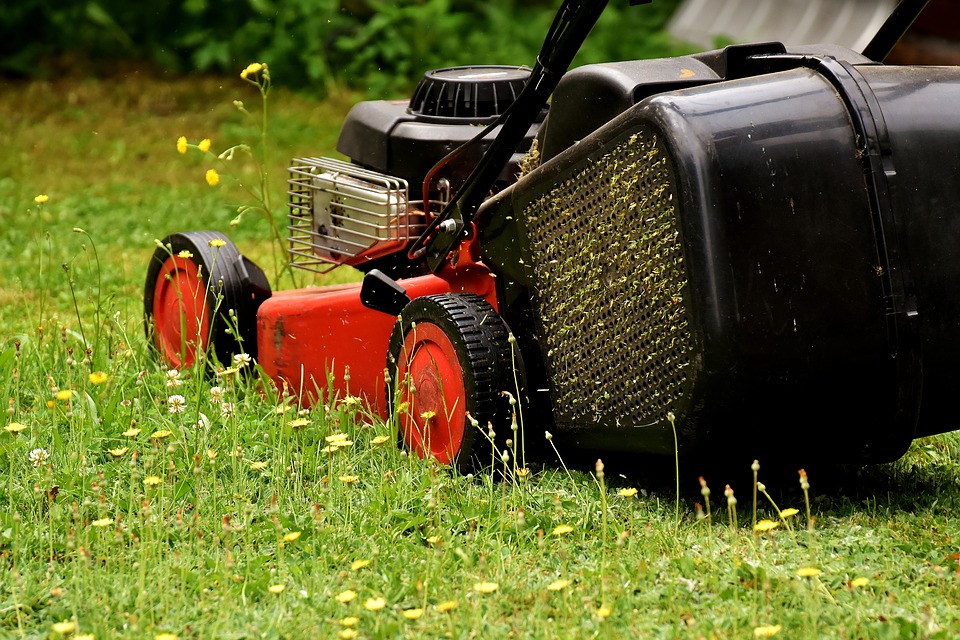
Have you been trying to get your lawn in top shape for a while but it’s just not happening? Or are you a first-time homeowner who never had to take care of the lawn before? It doesn’t matter. Regardless of your experience when it comes to lawn maintenance, this article will tell you all you need to know about this seemingly onerous chore.
TEST YOUR SOIL
In case your lawn is just not thriving no matter what you try, the problem might be with the soil. That is why testing it is a good idea. This way, you will find out whether your soil is lacking in some aspects. For example, the pH, nitrogen and phosphorus levels should be checked. If the results are less than satisfactory, certain nutrients can be added to improve the soil’s quality.
FIND THE RIGHT TYPE OF GRASS
It’s vital that you understand that different kinds of grass do well in different areas. Varieties like bluegrass and perennial ryegrass are cool-season grasses, while warm-season grasses include bahia and zoysia. This diversity means that some types prosper in full sun, some in the shade, and others prefer partial sun. Furthermore, after you’ve tested the soil, you can see which types it suits best. Therefore, you should choose the grass for your lawn depending on where you live.
LEARN TO CUT IT PROPERLY
Besides having unfavorable soil and opting for the wrong grass, your lawn might be dying because you do not mow it properly. If you cut the blades too short, you risk damaging the grass, which makes it susceptible to diseases. Even though you might think that cutting it short means that you will not have to mow it very often, this habit might be what is ruining the lawn. So, keep cool-season grass at 3-4 inches and the warm-season varieties at 1-2 inches. Also, you cannot neglect your lawnmower. Make sure you keep the blades sharp by balancing and sharpening them at least three times a year, as then it will not damage the grass.
KNOW HOW AND WHEN TO WATER
An improper watering technique can be detrimental to the health of your lawn. That is why you have to understand how and when to water it. It’s essential that you do not just lightly sprinkle the grass; you have to deep water it, as that will help the grass grow deeper roots which can then reach underground water supplies. A lawn usually needs 1-2 inches of water per week, so try to give it a good soak every few days. Of course, the amount of water it needs depends on its variety, soil conditions, and your climate.
Timing is also crucial. Watering at night exposes your lawn to mold and fungi, as it stays wet overnight. The best time to do this is in the morning, preferably between 6 and 10 am. Try to find a period when it’s not too hot to reduce unnecessary evaporation. You can even look for sprinklers that allow you to set a timer so that you don’t have to get up super early.
FERTILIZE THE LAWN
While fertilizing also depends on the type of soil, grass, and climate, some things can be done regardless of the situation. With a variety of types to choose from, deciding to fertilize in early spring can help root development, and doing it in the fall will repair any damage and make the lawn ready for winter. For healthy growth, you should give it some light feeding during the year as well. Look into soluble lawn food and sprays which will help you properly feed your lawn.
LET IT BREATHE
Besides water and nutrients, grass roots also need oxygen. To let your lawn breathe, you have to aerate it. This is done by removing small plugs of soil and thus creating small holes in the ground. Aeration lets the soil absorb the water and nutrients easier, and it makes the soil less compact, which gives roots more room to develop. You can do this either in the spring or in the fall. Whenever you do it, do not forget to apply weed killers (preferably organic ones) while the holes are still open to prevent weeds from growing. There are aeration sandals and rakes you can use for this task.
GET RID OF WEEDS
Try to remove all weeds as soon as you notice them as; otherwise, they will harm your grass by absorbing the moisture from the ground. You can use various products for this; some are used as prevention and others for dealing with weeds that have already emerged.
While this seems like a lot of work, it will soon become a habit. You cannot have a great-looking lawn without putting some effort into it. Keep these tips in mind, and your lawn will become the envy of the neighborhood.
